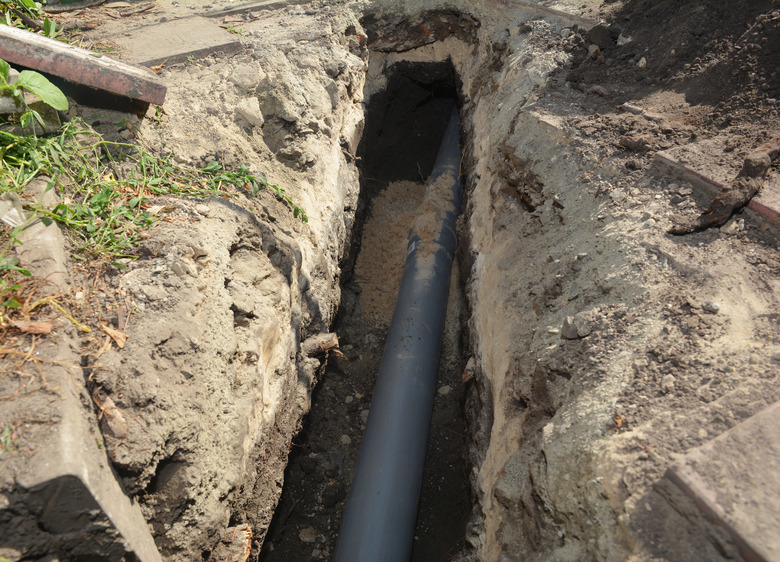How To Fix An Underground Drainage Pipe
Although a cracked or damaged drainage pipe may not seem like that big of a deal, it can cause severe damage. You may end up dealing with issues like damage to your property, malodor, pollution of soil and groundwater and the spreading of diseases. Luckily, a damaged drainage pipe can be fixed; just make sure you catch it before it's too late.
Signs of a Cracked Drainage Pipe
Signs of a Cracked Drainage Pipe
There are several warning signs that may indicate you have a cracked or broken drainage pipe. You may notice strong odors, localized wet patches or sinkholes. Sometimes, though, property owners miss these signs, so it's essential to get professional inspections of your home every so often. If your pipe is clogged, disconnected or broken, you can fix it yourself with just a few steps. If you're not comfortable fixing it yourself, call a professional drainage company for assistance.
Locate the Broken Pipe
Locate the Broken Pipe
First, you'll need to dig a hole into the ground to find the area where the pipe is broken, which will likely be around any outward signs of damage, such as sinkholes or wet patches. After you locate the damaged area of pipe, dig an additional six inches underneath the broken pipe area. This will allow more space to operate.
Cut Through the Pipe
Cut Through the Pipe
To fix the pipe, you'll need to cut through the pipe on each side of the broken area. Measure two inches on each side of the point of breakage and mark the pipe before cutting for better accuracy. Different cutting tools may be needed depending on what the pipe is made out of. If the pipe is made of lead, you can use a hacksaw. If the pipe is made out of clay, a reciprocating saw or hacksaw should work. If your pipes are cast iron, it's best to use a saw with a metal-cutting blade.
Cut a New Piece of PVC Pipe
Cut a New Piece of PVC Pipe
Before you add a new PVC pipe piece, measure the length of the damaged area you removed to determine the length of new pipe you'll need to install. It's important that the new pipe is the same diameter as the old pipe or there will be leakage. Next, fit flexible rubber couplings to the existing pipe ends and place the new piece of PVC pipe on. Then, slide the flexible couplings to cover the new pipe section and the old pipe.
Close the Hole
Close the Hole
Before you close up the hole, pour fine gravel around the pipe to provide support.
